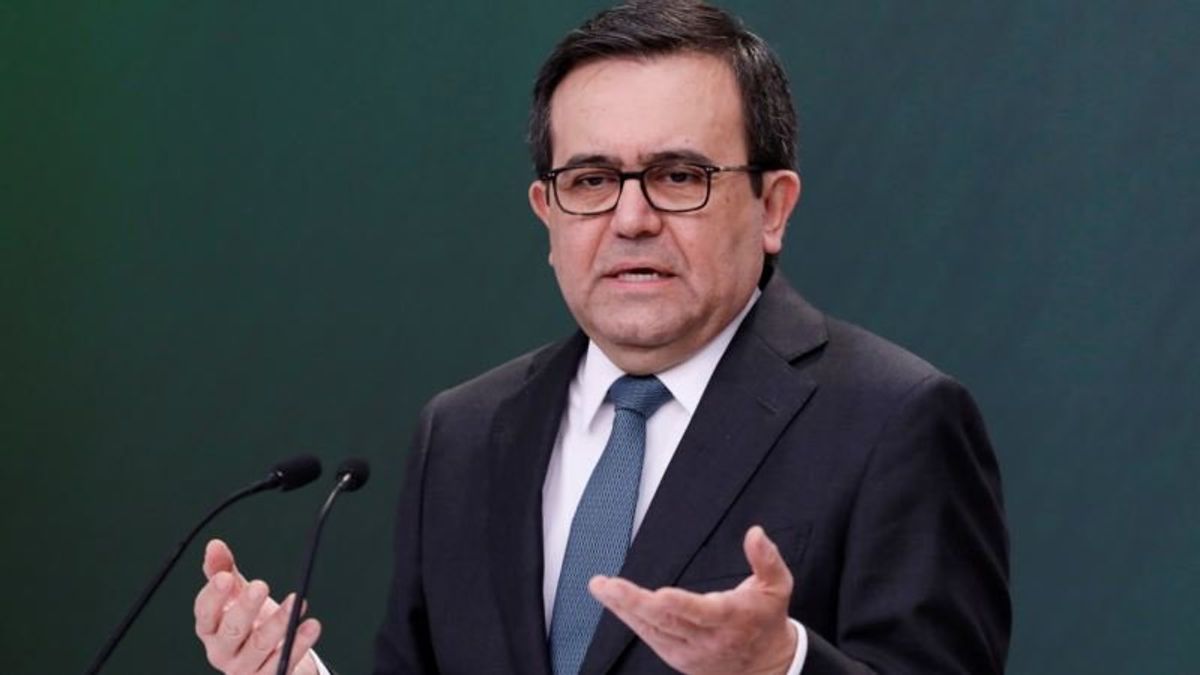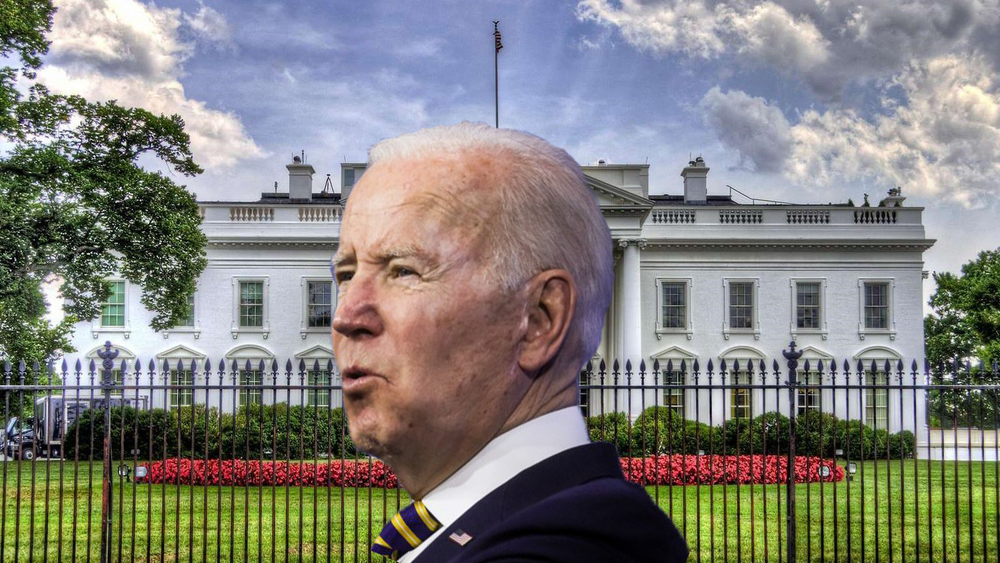
Autos, Energy Issues Holding up NAFTA Talks
Autos, Energy Issues Holding up NAFTA Talks

WASHINGTON —
The prospect of a quick deal between Mexico and the United States retreated Friday as disagreements over energy flared up and conflict over autos persisted in the renegotiation of the North American Free Trade Agreement (NAFTA).
Since talks resumed last month, U.S. and Mexican negotiators have focused on reaching common ground, but in the past few days differing views on energy policy between the outgoing and incoming Mexican administrations have put up a fresh hurdle.
Oil and gas issues
Mexican president-elect Andres Manuel Lopez Obrador’s camp has doubts about enshrining the 2013-14 opening of the oil and gas sector enacted by current president Enrique Pena Nieto in the new pact, three sources close to the talks said.
“The energy issue is holding everything up,” said one of them Friday, speaking on condition of anonymity.
Asked this week about the energy issue, Lopez Obrador’s designated trade negotiator, Jesus Seade, sought to downplay the matter, saying that while his team wanted to check the issue’s “consistency with the constitution,” it was not “substantive.”
Lopez Obrador, a leftist, opposed Pena Nieto’s energy reform, and the issue is divisive within his own camp.
Business-friendly aides back greater private investment in the oil and gas sector, while more nationalist allies are against it.
Elected July 1, Lopez Obrador takes office Dec. 1. Another sticking point at the talks has been new rules of origin for automobile manufacturing, which U.S. negotiators hope will bring more production to the region.
US budges little
U.S. President Donald Trump prompted the NAFTA revamp over a year ago, complaining the 24-year-old trade pact has benefited Mexico to the detriment of U.S. workers and manufacturing.
Trump has threatened to withdraw from if it is not reworked to the advantage of the United States.
Industry officials have said the U.S. team had barely moved from its demands last May of a 75 percent overall regional content threshold with 40-45 percent content from high-wage zones, effectively the United States and Canada, with the only substantial change a slightly longer phase-in time.
“It seems that the issues on autos are far from being resolved,” said the industry source.
Initial optimism over an imminent deal has gradually faded.
Mexico negotiators stay over
Mexico’s Economy Minister Ildefonso Guajardo, who Wednesday said a bilateral breakthrough could be just hours away, said he and his team would stay in Washington over the weekend to keep negotiating with U.S. officials.
Asked about issues between the ingoing and outgoing governments on the energy chapter, Guajardo said: “We are working as one team, a team called Mexico, and we have to make sure that everybody feels comfortable with this agreement.”
Speaking outside the offices of U.S. Trade Representative Robert Lighthizer, Guajardo commented on the difficulty of securing a final deal: “as you know … there are always last moment things that can come between you and your goals.”
Canada waiting
Canada has sat out the latest round of talks waiting for the Mexican and U.S. teams to work out their issues.
Asked if talks had made headway on a U.S. “sunset” proposal that could terminate NAFTA after five years, Guajardo said it was an issue that would be dealt with once Canada came back.
Canada’s foreign minister Chrystia Freeland dodged questions on when she would return to talks when speaking at a steel manufacturing facility in Vancouver, but said she had been encouraged by optimistic reports from Canada’s NAFTA partners.
“As I’ve said, it really depends on how quickly the U.S. and Mexico are able to resolve those bilateral issues,” she said. “The U.S. and Mexico issues inside NAFTA are really complicated.”
 US Envoy: EU Aid to Iran Sends ‘Wrong Message’Next PostUS Blasts El Salvador for Cutting Ties with Taiwan in Favor of China
US Envoy: EU Aid to Iran Sends ‘Wrong Message’Next PostUS Blasts El Salvador for Cutting Ties with Taiwan in Favor of China





